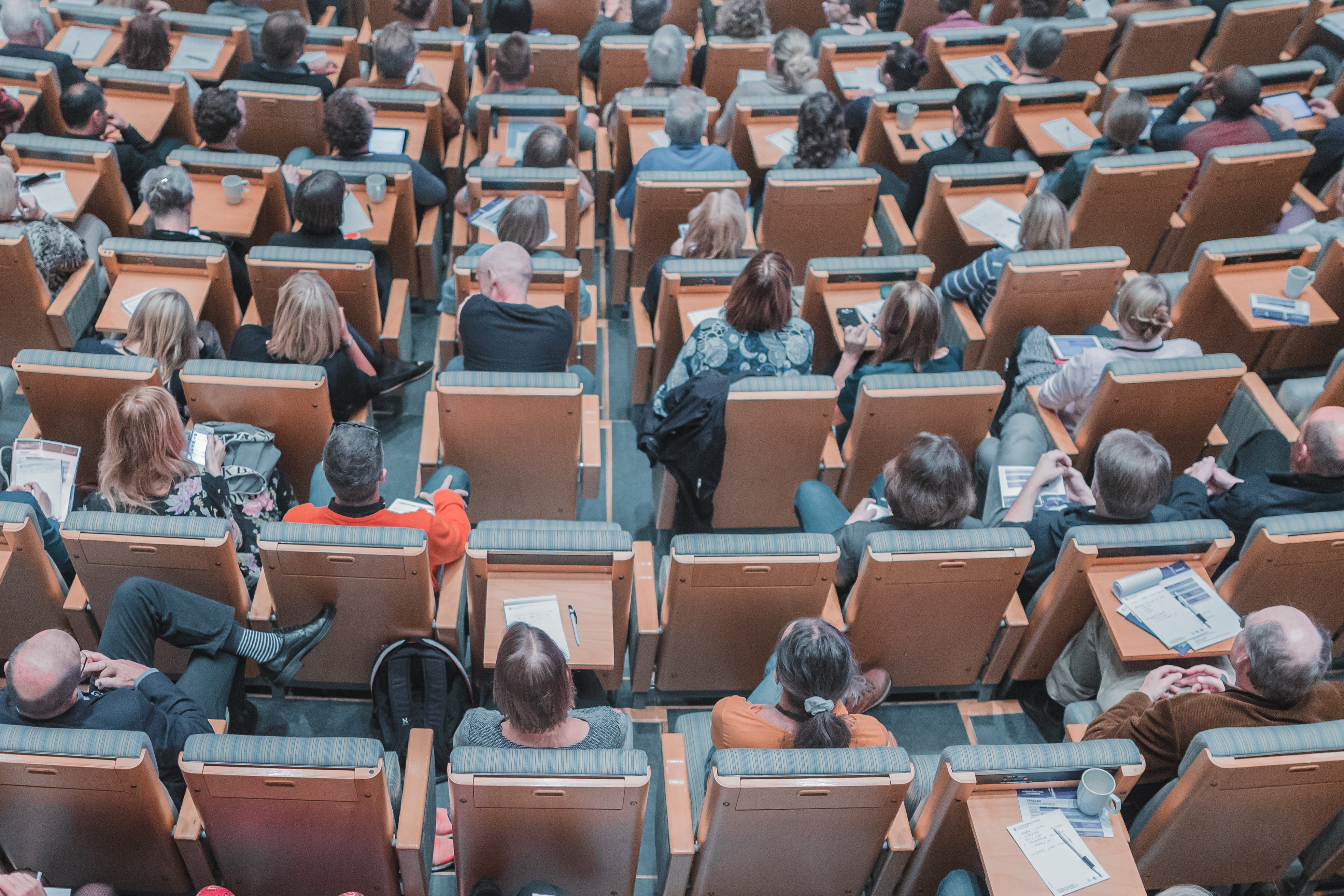Reading & Composition
Prophecy, Dreams, and Signs

In modern and medieval narratives, the presence of dreams often foreshadows future events, whether divining good fortune, apocalyptic ends, or alternate dimensions. Prophecies, dreams, and signs all demand to be interpreted. This course will approach prophetic and dream narratives, especially in their use as literary motifs, as processes of semiosis, or ways of apprehending their literary worlds. This course will also engage with questions of how characters, narrators, and audiences relate to the symbolic component of the imagination. As we engage with the symbols, metaphors, and allegories in these narratives we will question whether these signs serve other functions in the text, perhaps revealing political and social agendas.
Dreams and visionary literature rely heavily on the visual imagination. As an approach to visuality in the text, we will question what elements of imagination can be viewed through certain semiotic techniques. Regarding the themes of dreams and prophecy as parts of a narrative, we will ask such question as: what possibilities does the hero/heroine have in a struggle against fate? Do these narratives depict worlds built from images of the real or from another source, be it divine or from another source of creative invention? In doing so, we will examine how the theoretical spaces and timelines created and
revealed in these narratives might come to shape and determine their respective story-worlds. In this course we will read materials ranging from, but not limited to, pre-Modern material including: medieval mythological poetry (specifically drawn from Latin and Old Norse vernacular); dream motifs in Old Icelandic sagas; early Christian visions and eschatology; pagan folklore concerning sorcerers, giants, and trolls; and more recent texts including: Romantic and gothic tales, lyric, short stories, and the science fiction and fantasy novel. In addition to these primary texts, this course will also draw from a number of works by literary critics who contributed to semiotic theory, including Roland Barthes, Umberto Eco, and Sigmund Freud. All course materials will be read in translation.
Potential texts:
The Prophecy of the Seeress (Vǫluspá)
Baldr’s Dreams (Baldr’s draumar)
Sayings of the High One (Hávamál)
The Lay of Hyndla (Hyndlulióð)
Gunnlagr Leifsson, The Prophecy of Merlin (Merlínusspá)
Laxdoela Saga
Hrafnkels saga Freysgoða
Sir Gawain and the Green Knight
The Passio Perpetuae et Felicitatis
Geoffrey of Monmouth, The Prophecies of Merlin (Prophetiae Merlini) and The Life of Merlin
(Vita Merlini)
Edgar Allen Poe, select poetry and short stories,
Ambrose Bierce, “An Occurrence at Owl Creek Bridge”
Samuel Taylor Coleridge, “Kubla Khan”
Italo Calvino excerpts from Cosmicomics (“A Sign in Space,” “The Light Years,”); excerpts from Invisible Cities
Ursula Le Guin, excerpted stories from Tales from Earthsea
Gene Wolfe, “To the Dark Tower Came,” “A Solar Labyrinth”
Isak Dinesan’s “Peter and Rosa,” “The Dreaming Child” (in Winter’s Tale), “The Blank Page”
(Last Tales) , “The Dreamers” (Seven Gothic Tales), “The Diver “(Anecdotes of Destiny)
Roland Barthes
Umberto Eco
Sigmund Freud